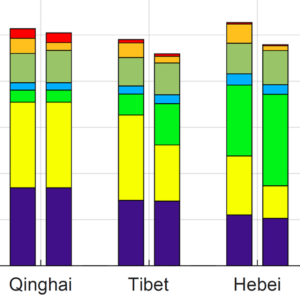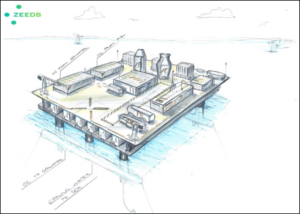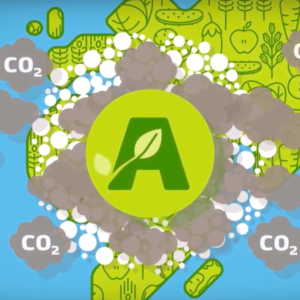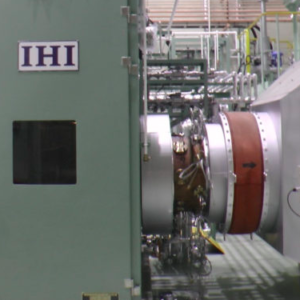Ammonia in China: change is coming
ANNUAL REVIEW 2019: In the ammonia industry, Chinese data is notoriously hard to verify. Without question, the country produces more ammonia today than any other nation, and yet it has recently closed million of tons of annual capacity. Its cities are smothered in pollution, and its coal-based ammonia plants use the dirtiest technologies available. Huge questions remain. One answer is clear: China has repeatedly proven its desire and ability to become a global leader in developing and deploying clean technologies in the explicit effort to combat climate change. Within China, therefore, the question of large-scale adoption of ammonia energy technologies is increasingly becoming simpler. When?









